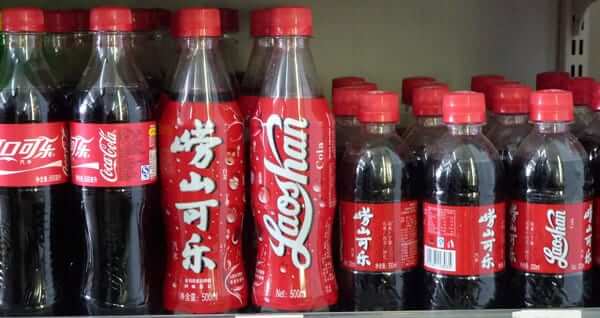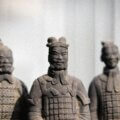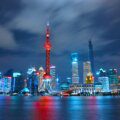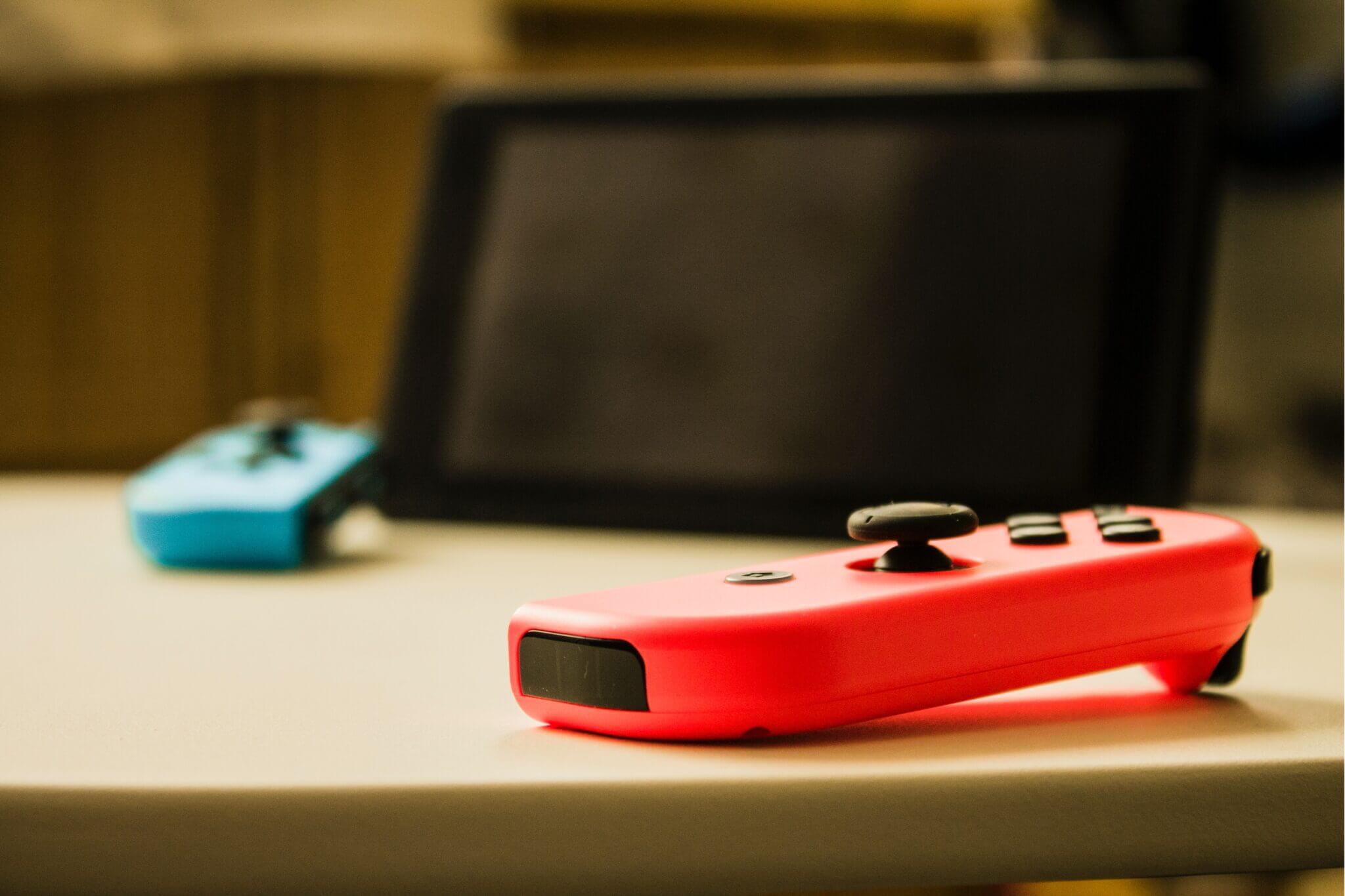I am currently working on a book project, working title “surviving disruption”. I am trying to build a set of rules that successful organizations can follow to strive in times of intense technological change. One of the rules I have observed is that the present and future look a lot like the past. The same phenomena tend to repeat, just disguised under another form. Maybe faster and more interconnected, but in the end very similar to each other.
Here is another case of what I am talking about: today’s emerging superpower is accused of stealing ideas from the established players. This is a repeat of history. When the US were the world’s emerging force, a lot of the country’s business model was based on ripping off the UK’s entrepreneurs and artists…
Perhaps the most important thing to recognize about China’s knockoff economy is that it is itself a knockoff. When the United States was just beginning its rise to wealth and power, it was every bit as much a pirate nation as China is today. In the eighteenth and nineteenth centuries, the United Kingdom was the primary target of thieving Americans, who focused their economic espionage on the British textile industry. American entrepreneurs sought to replicate secret British designs for looms and mills, and the U.S. government stood ready to help them.
As in contemporary China, imitative innovation was official policy: early U.S. law prohibited foreign inventors from obtaining patents in the United States on inventions they had already patented elsewhere […]. U.S. copyright law was similar, explicitly denying any protection to foreign authors. That ban was not lifted until 1891, and even then, foreign authors were required to manufacture their books in the United States as a condition of U.S. copyright protection. […]
The most famous beneficiary of such laws was Benjamin Franklin, who republished the works of British authors without permission or payment.
What is fascinating is that, as Basile Zimmerman explained at Lift10, the Chinese do not copy/paste the ideas they find interesting. They use them as inspiration, adapt them to their constraints, creating genuinely new products and services in the process. As the article explains, Chinese copies sometimes end up “more functional and more fun than the service it copied”.
To understand how imitation and innovation coexist in today’s China, one need only look to Xiaomi, one of China’s fastest-growing technology companies. […] Xiaomi’s phones look familiar because many of the company’s designs closely imitate Apple’s iPhone. And design is not the only cue that Xiaomi takes from Apple. At a recent product launch, Lei Jun, the head of Xiaomi, stood alone onstage in a black shirt, jeans, and black Converse sneakers—déjà vu for anyone who ever saw the late Steve Jobs, the founder and former ceo of Apple, introduce new products at a Macworld convention. […]
Xiaomi’s success, however, also hinges on the company being quite unlike Apple. For one, Xiaomi’s phones typically cost about half that of its rival’s. Even more important, Xiaomi has a very different attitude toward innovation. Apple is known for its closed approach to product development. The company believes that it knows what its customers want before they do, so Apple’s design process is essentially dictatorial. Xiaomi’s design process, by contrast, is quite democratic. Every Friday, Xiaomi releases a new round of software updates for its mobile operating system, which is based on Google’s open-source Android software. Within hours, thousands of users flock to Xiaomi’s online forums to suggest new features, functions, and designs and to identify and resolve software bugs. Xiaomi has relied on user input to determine how much memory to install on its phones, how important the phone’s thickness is to users, and whether its phones should allow users to take photos without pushing a button. Lei might dress like Jobs, but he runs his company very differently.
Xiaomi is hardly China’s only imitator-innovator. Weibo, the country’s most popular social networking service, boasts hundreds of millions of users. It began in 2009 as an undisguised Twitter clone. Since then, it has added a clutch of features that distinguish it from Twitter, including a more interactive system for commenting. Such improvements make Weibo arguably more functional, and more fun, than the service it copied.
written by Laurent Haug. Entrepreneur, Inventor & Blogger. See more.






























